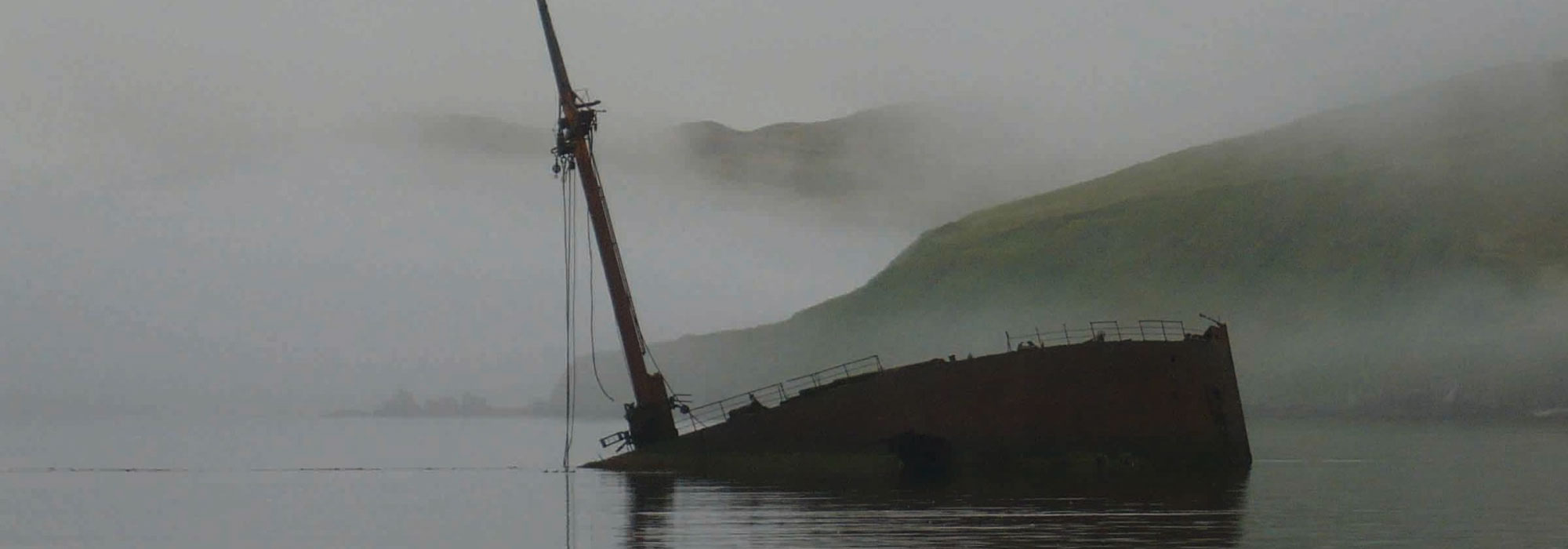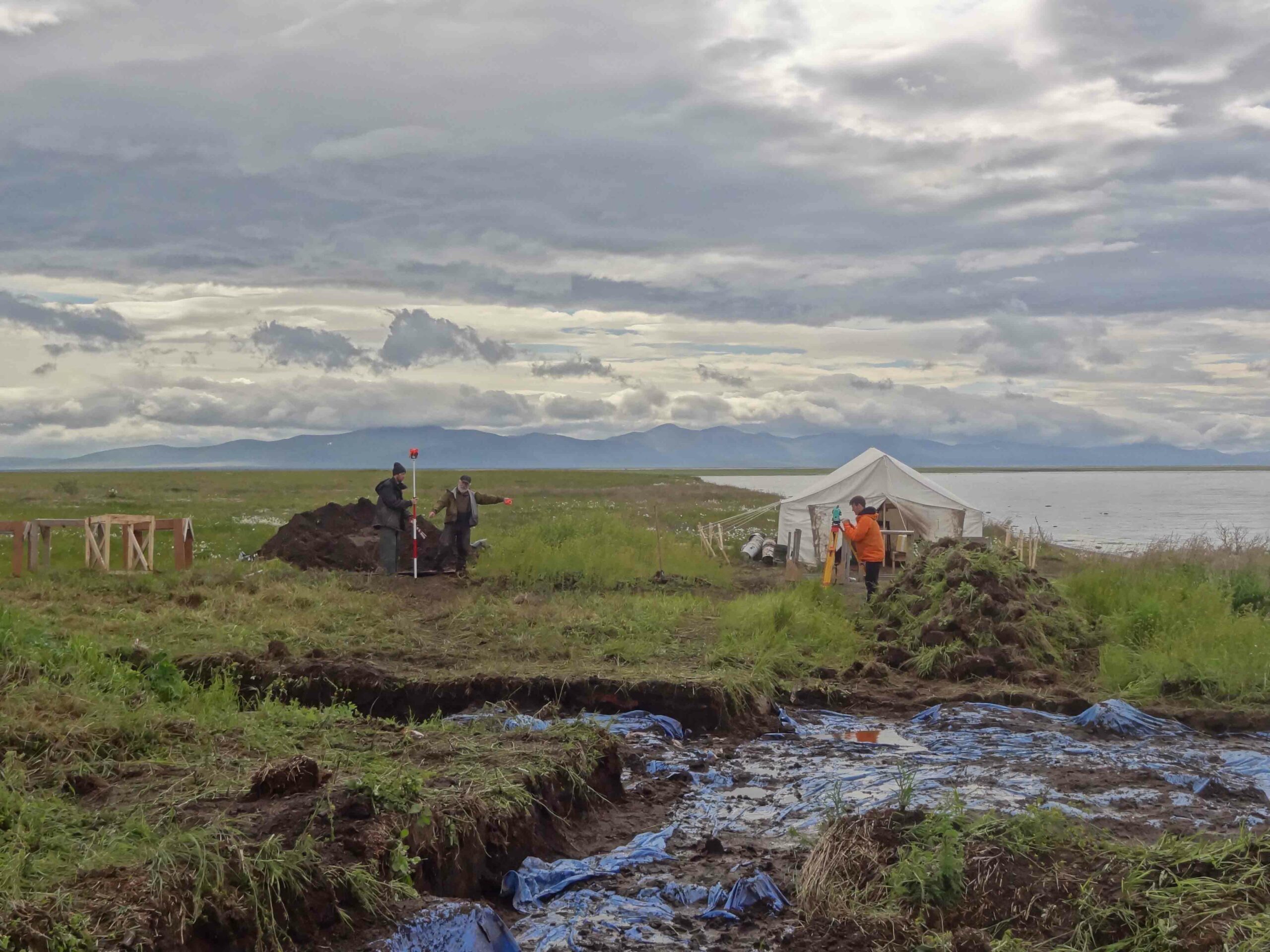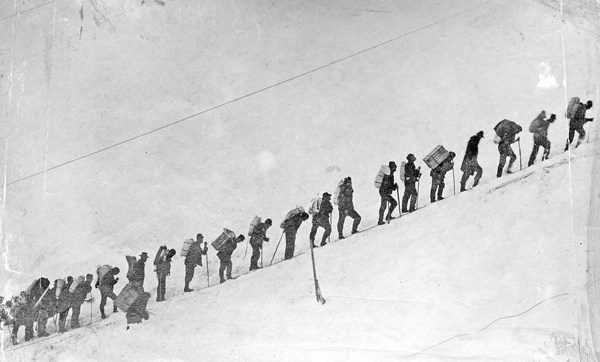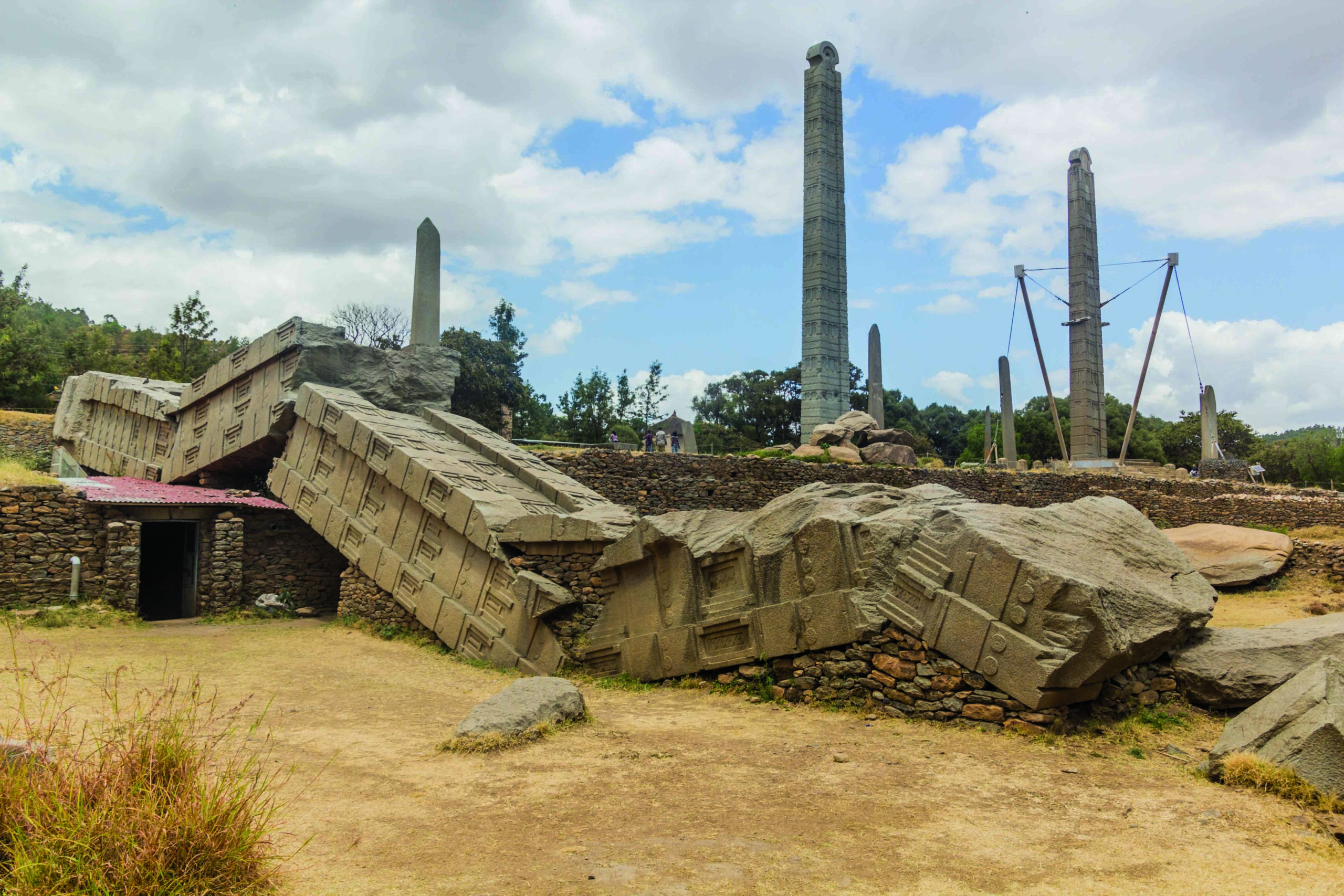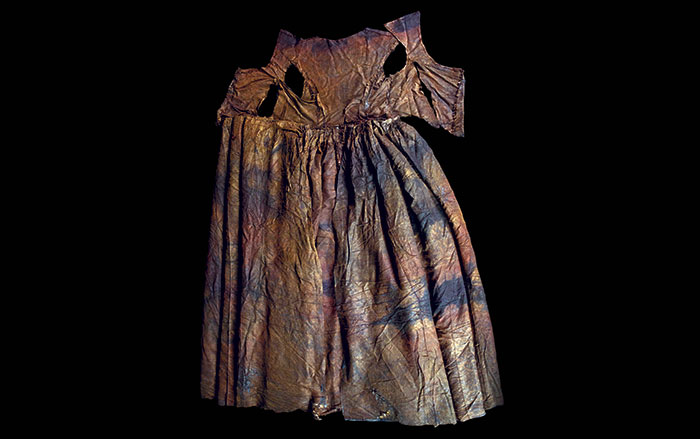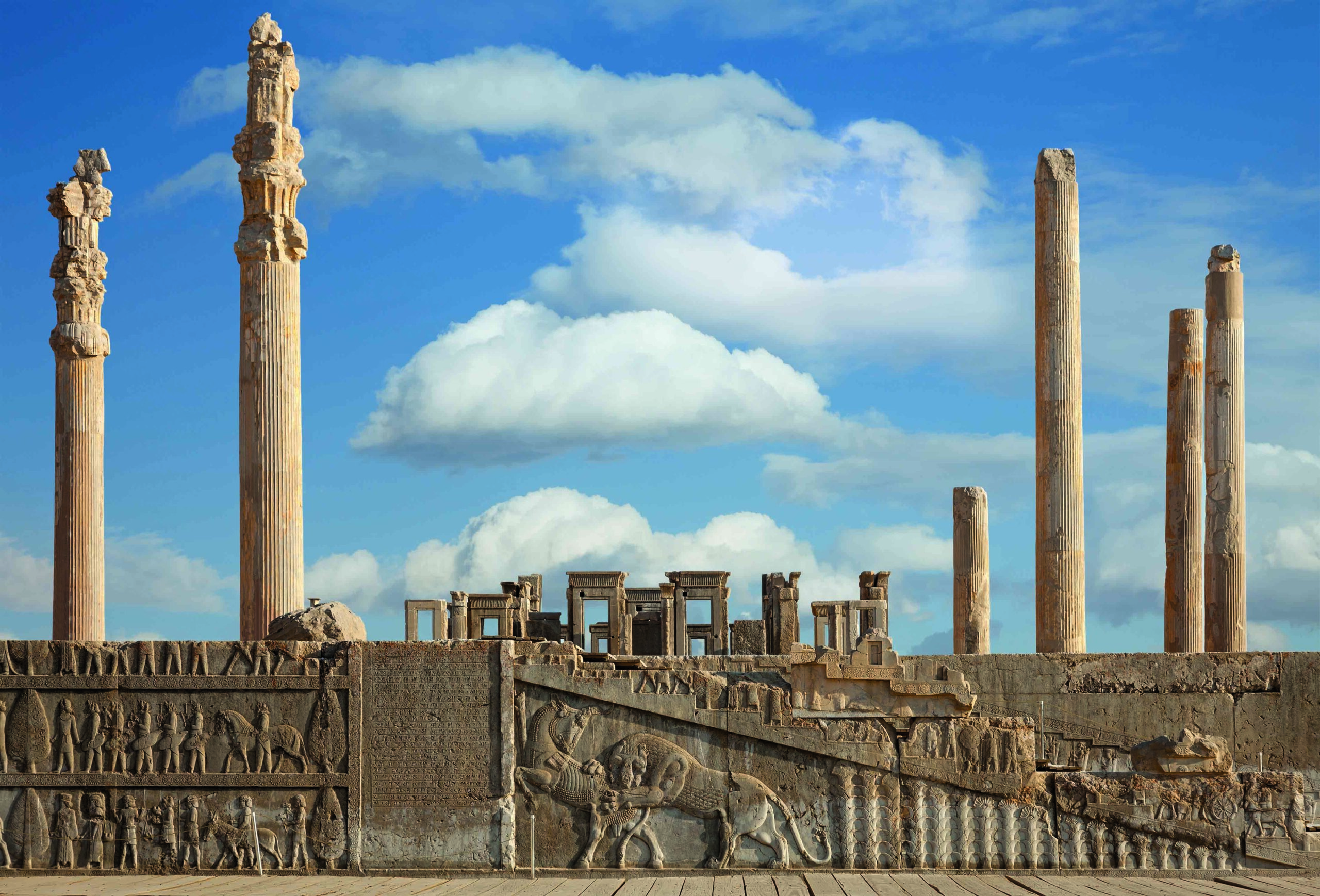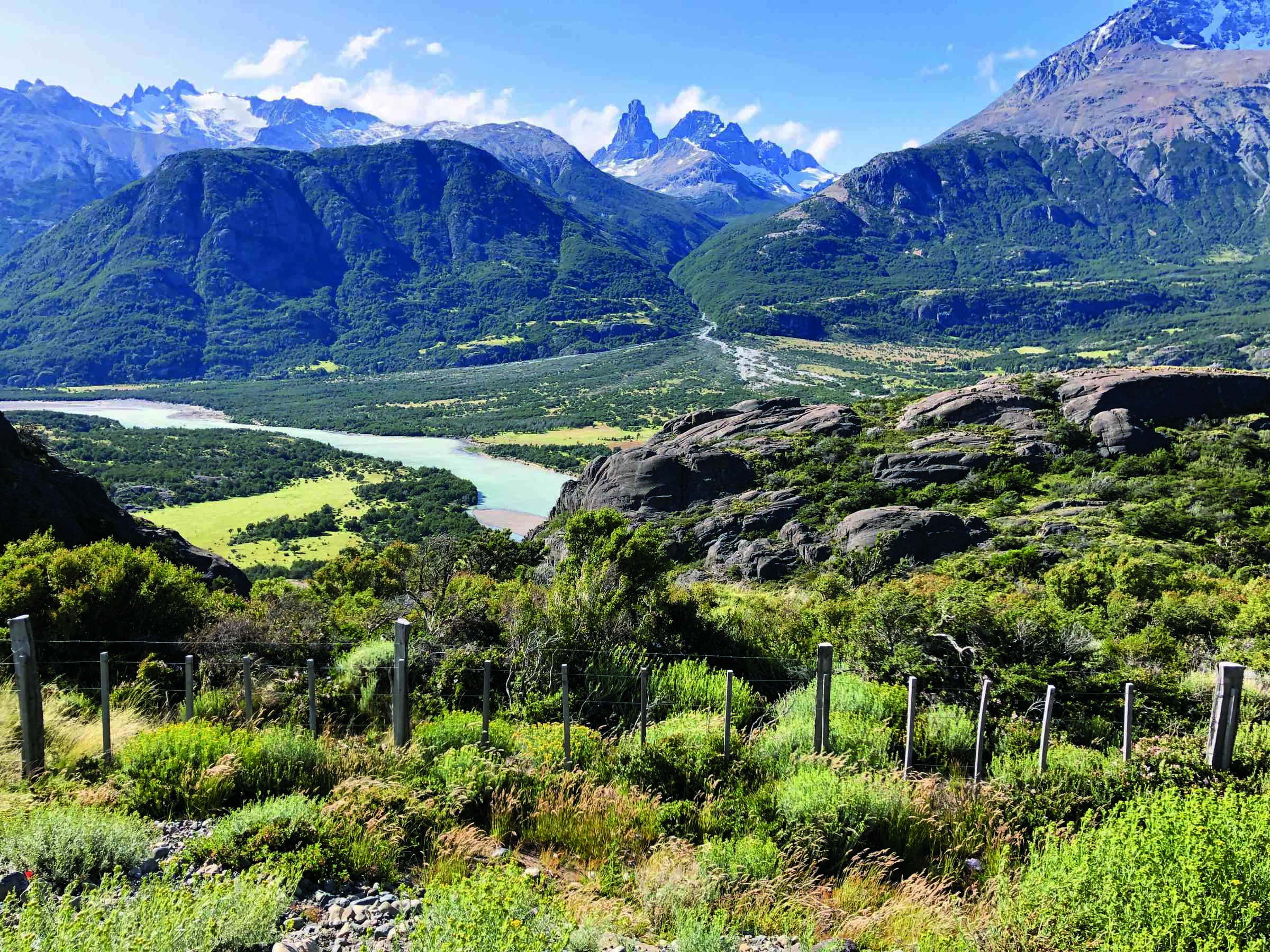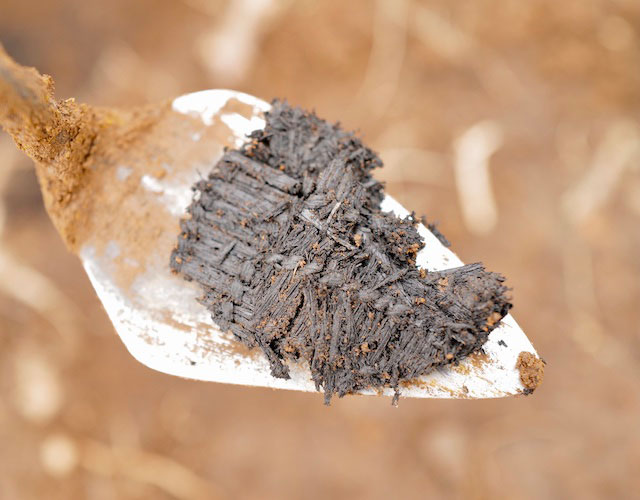
KODIAK, ALASKA—According to a report in Alaska Native News, ancient fragments of woven grass have been recovered on Kodiak Island, which is located off Alaska’s southern coast. “We were excavating a sod house beside Karluk Lake as part of a broader study to understand how Alutiiq people used Kodiak’s interior,” said Patrick Saltonstall of the Alutiiq Museum. Radiocarbon dating indicates that the structure burned some 3,000 years ago. When its walls collapsed, they covered a portion of the floor and helped to preserve pieces of charred weaving, now thought to have been grass mat floor coverings. Their placement at the back of the house could indicate that they were used for sleeping, Saltonstall added. The previously oldest-known examples of Alutiiq weaving had been 600-year-old grass and spruce root baskets. “It is likely that our ancestors worked with plant fibers for millennia, from the time they arrived on Kodiak 7,500 years ago,” explained April Laktonen Counceller, executive director of the Alutiiq Museum. To read about excavations of a Yup'ik settlement in Alaska, go to "Cultural Revival."


